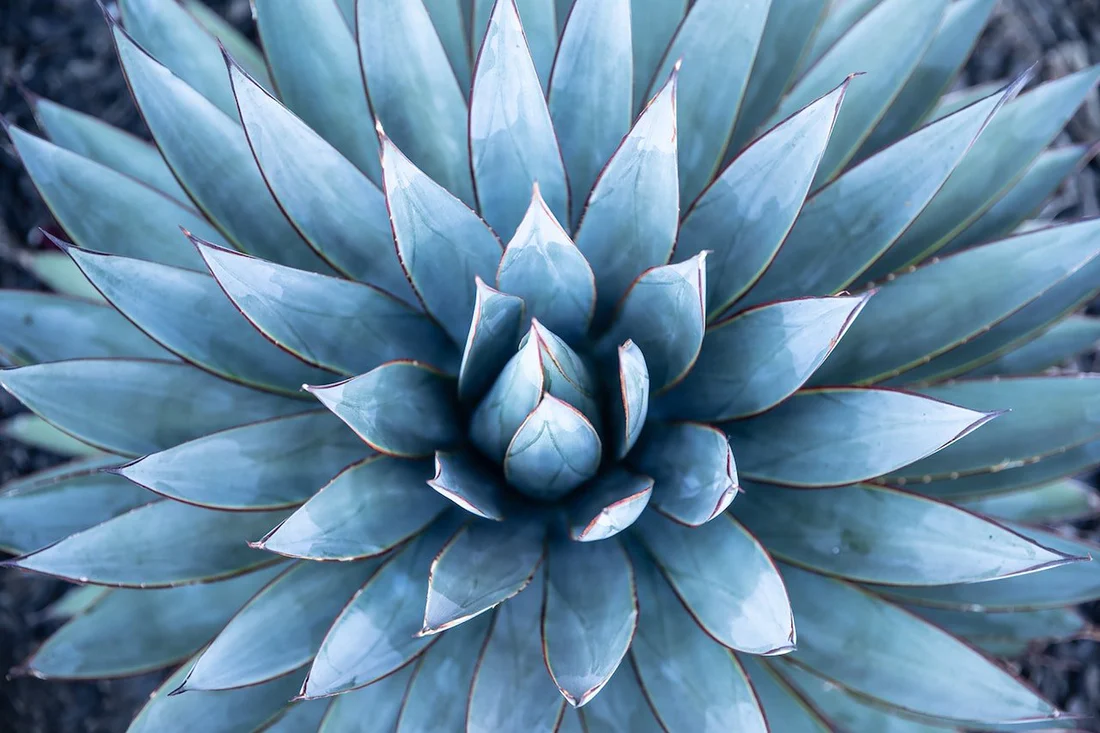BLUE AGAVE

listen about me
Agave tequilana F. A. C. Weber
Classification:
Scientific Classification:
Kingdom: Plantae
Division: Angiospermae
Class: Dicotyledonae
Order: Lamiales
Family: Agavaceae
Genus: Agave
Species: americana
Scientific Name: Agave tequilana F. A. C. Weber
Common Name-
English: Blue Agave
Marathi: Nila Ghayapat
Distribution: The tequila agave is native to the states of
Jalisco, Colima, Nayarit and Aguascalientes in Mexico.
Description:
The plant favors altitudes of more than 1,500 m. and grows in rich and sandy soils. Blue agave plants grow into large succulents, with spiky fleshy leaves, that can reach over 2 m. in height. Blue agaves sprout a stalk when they about five years old. These stalks can grow an additional 5 m, and they are topped with yellow flowers. The stalk is cut off from
commercial plants so the plant will put more energy into the heart.
The flowers are pollinated by the greater long-nosed bat (and by insects and hummingbirds) and produce several thousand seeds per plant, many of them sterile. The
plant then dies. Cultivated plants are reproduced by planting the previously removed shoots; this has led to a considerable loss of genetic diversity in cultivated blue agave.
Uses: Agave tequilana Weber is cultivated in Mexico and has been used since ancient times for making beverages. It is cultivated in some restricted areas that are protected territories by the tequila denomination of origin (Li et al., 2000). In Mexico, A. tequilana Weber is used to manufacture tequila.
